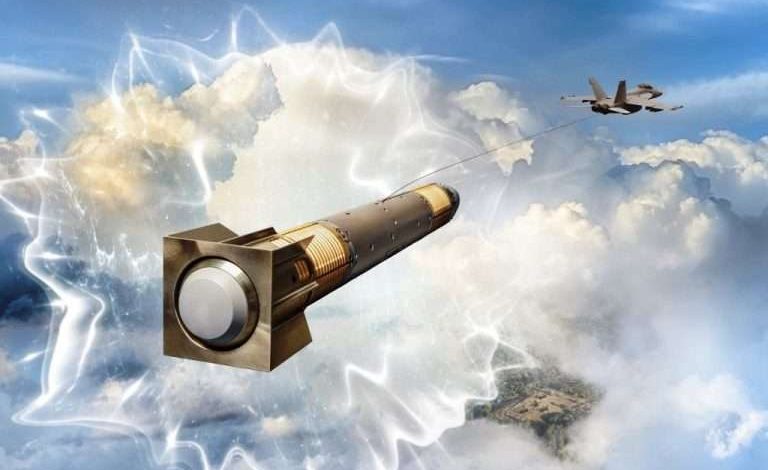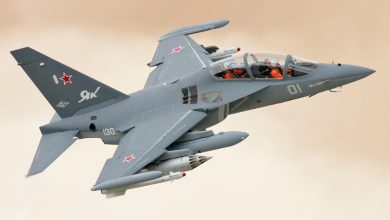
BAE Systems Launches Revolutionary Aerial Deception Defense Innovations
BAE Systems has been selected by the U.S. Navy to develop the Dual Band Decoy (DBD), acclaimed as one of the most advanced radio frequency (RF) countermeasures globally. The DBD serves as a pioneering RF self-defense jammer that safeguards combat aircraft from aggressive threats.
Building upon the capabilities of BAE Systems’ proven AN/ALE-55 Fiber-Optic Towed Decoy, DBD consists of a towed unit connected via fiber-optic cable to in-cockpit electronic warfare systems. This decoy leverages cutting-edge jamming technologies to disrupt adversary radar systems and redirect missiles away from the aircraft. The DBD can be activated by the pilot or automatically triggered in response to imminent threats, guaranteeing essential protection in high-risk aerial operatives.
“With the Dual Band Decoy, we are utilizing the ALE-55’s vast operational achievements as a resilient jamming solution,” commented Don Davidson, director of the Advanced Compact Electronic Warfare Solutions product division at BAE Systems. “The Dual Band Decoy delivers extensive functionality that can be embedded into multiple aircraft types and is designed to adapt to new threats as they arise.”
Dual Band Decoy incorporates the company’s proprietary integrated circuits, enabling exceptional performance and enhanced features while reducing size, weight, and energy consumption. DBD is a crucial element of BAE Systems’ Intrepid Shield™ initiative, aimed at establishing a protective perimeter around platforms in contested battlegrounds by employing the entire electromagnetic spectrum to detect, exploit, and neutralize sophisticated threats.
DBD will first be deployed on the U.S. Navy’s F/A-18E/F Super Hornet. The development of DBD will occur at the company’s state-of-the-art facilities in Nashua, N.H.






